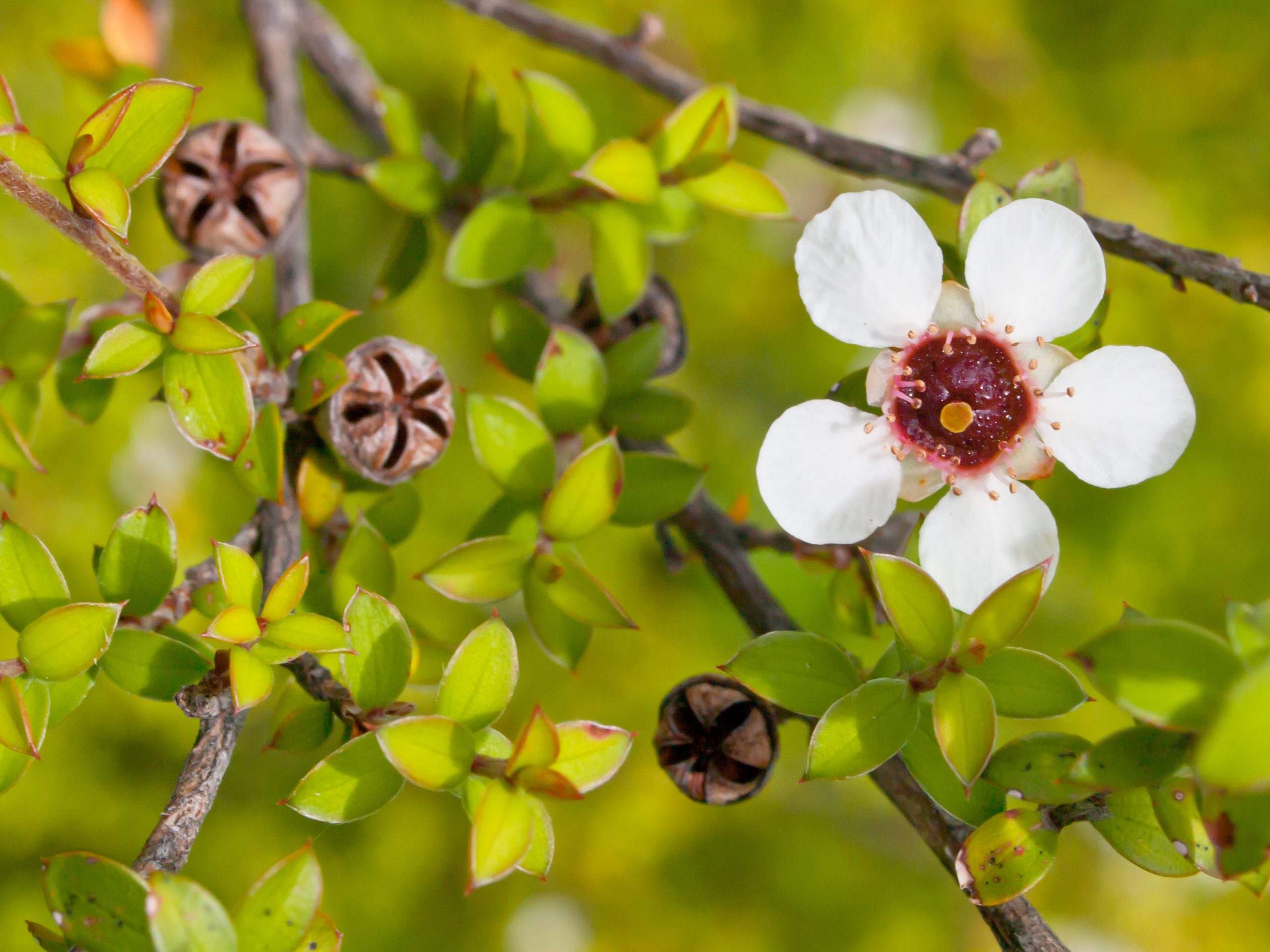Tea Tree Targeted for Manuka Honey Production
September 11, 2015
Researchers Evaluating 80 Different Species of Tea Tree for Best Medicinal Honey
In the search for better honey for medicinal use and better health care, Queensland researchers are studying different types of tea tree nectar – this according to an article posted on ABC.net.au. About 80 varieties of tea trees, also called leptospermum, can be found along Australia’s coast line and the study is working to identify which of these species produces the best pollen for high quality medicinal honey. Dr. Peter Brooks, a senior chemistry professor at University of the Sunshine Coast hopes that this research will help beekeepers to target specific trees to produce higher grade Manuka honey.
"We're testing all the species [of leptospermum] for their bioactivity and recommending them to beekeepers as to which ones they should be targeting," said Dr. Brooks. "A lot of people are looking at these honeys for the medicinal properties and the therapeutical actions of them." Dr. Brooks also explained that honey has been used topically to treat open and infected wounds for thousands of years, and being able to produce better honey could possibly lead to better wound care.
"The honey ... when it's applied to a wound draws the infection out and the natural compounds within the honey destroys the infection," Dr. Brooks said. "So it clears up the infections that are recalcitrant to pharmaceuticals on occasion but at the same time it dampens the inflammation underneath so it allows the tissue to heal quicker." Dr. Brooks noted that there has been some confusion among Australian beekeepers about which tea tree species produced the best pollen for medicinal Manuka honey.
While the study has already identified some species of tea tree that have a lot of activity, they have also identified others who have no activity at all. Unfortunately, some of these zero activity trees are being targeted by beekeepers along with the high activity trees – while the beekeepers believe they are adding quality to the honey by targeting both, they are actually diluting the effectiveness. The study will also involve a regional analysis of the tea tree pollen, helping beekeepers to target the right plants.
"Our colleagues down at University of Technology in Sydney are doing the range of biological activities against pathogens so we'll be able to say which bacteria or fungus or yeast infection is best treated by which honey," said Dr. Brooks. With this in mind, he hopes the study being done to identify the right plants will allow beekeepers to produce high quality Manuka honey every season.


.jpg)



